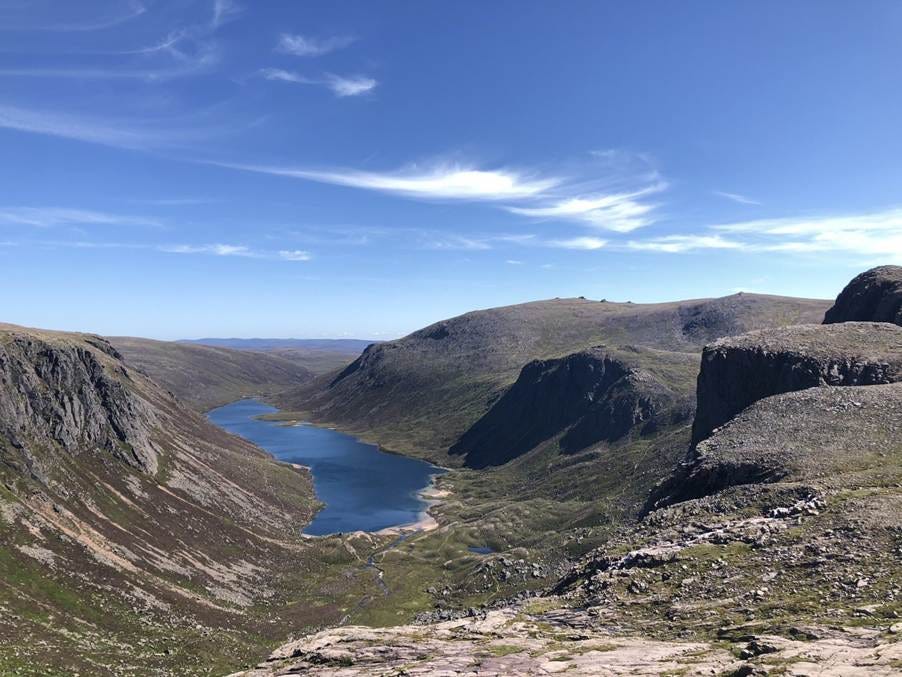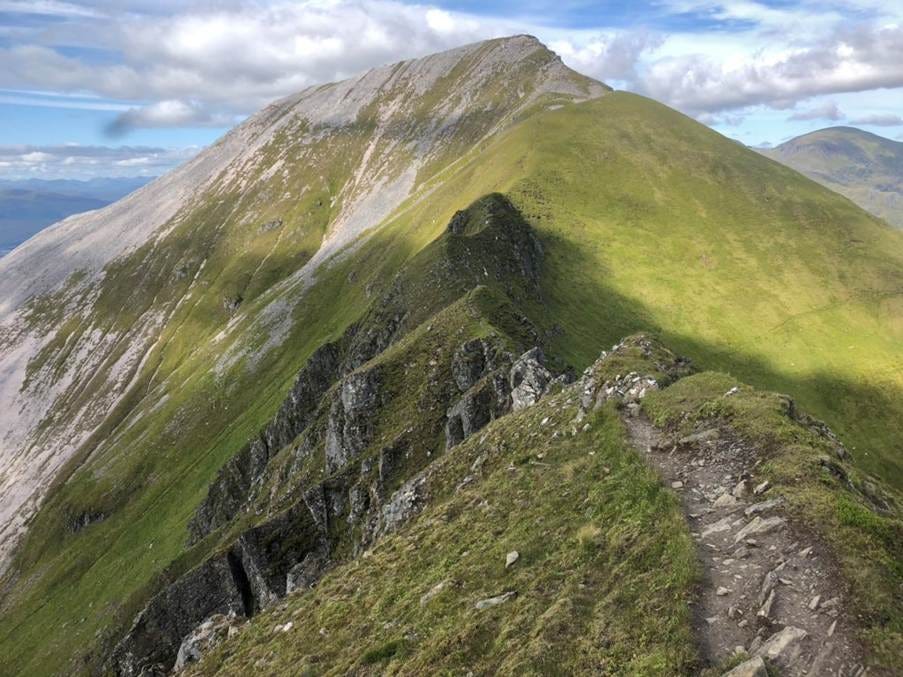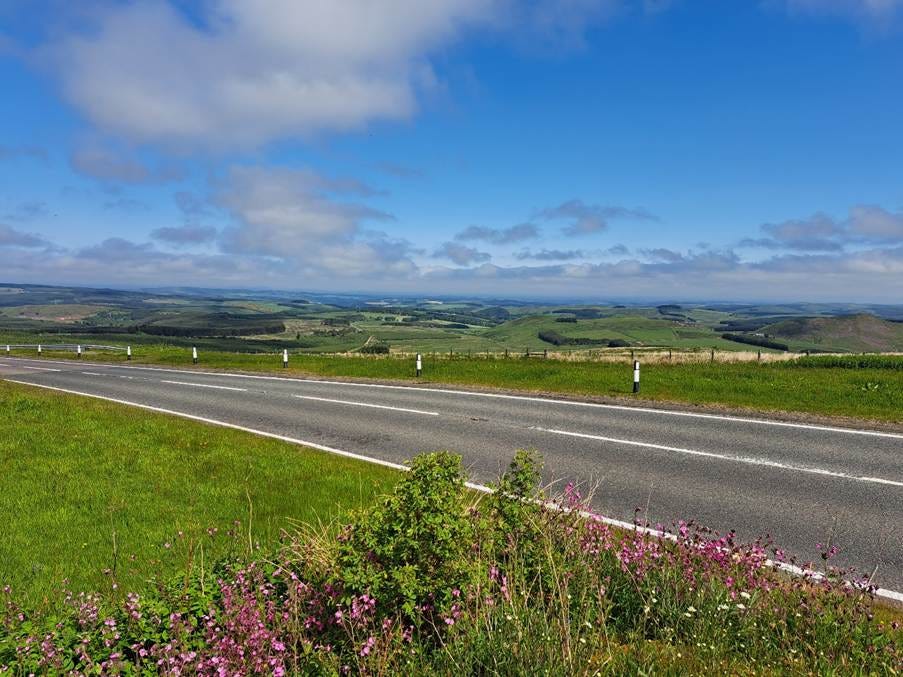[This is the second post on the topic of glaciation of the British Isles. The previous post looked at the extent of the last glaciation (or Ice Age) of Britain and Ireland. It is obvious that the landscape of Scotland was greatly influenced by the ice sheet that covered it.
The previous post also led to a small surge in subscribers. Welcome to all – once again can I recommend the use of the Substack app where the reading experience is far better than by email? There are also lots of interesting Substacks that you can explore on a whole variety of subjects.]
The pre-glacial landscape of Scotland
The Scottish Highlands of 3 million years ago, i.e. before the advent of the earliest Quaternary glaciers, would be similar to the main landscape of today. The highest ground would be at roughly the same altitude as now. However, in other respects, the pre-glacial Highland landscapes were very different from the present day: most areas consisted of undulating upland plateaux (palaeo-surfaces) drained by rivers flowing along narrow V-shaped valleys; slopes were gentler, summits more rounded; rock cliffs and narrow rock ridges were rare; and within the valleys, lochs and fjords (as we now know them) were rare or absent.
The post-glacial landscape of Scotland
The large-scale erosional landforms of the Scottish Highlands have been sculptured during the multiple glacial stages of the past 2.6 million years.
On the other hand, the depositional landforms, mostly in the east and south, are no older than the last glacial substage, roughly 32,000– 11,700 years ago (the Late Devensian).
The landscape contrasts between the Eastern and Western Highlands reflect both the differences in geology and the differing thermal regimes of former glaciers and ice sheets.
The underlying rocks range from gneisses that are over 3 billion years old in the far northwest to lava flows that erupted 60–65 million years ago on the islands of Skye and Mull. Most of the Highlands, however, are underlain by folded metamorphic rocks, such as schist and quartzite, locally intruded by large granite plutons such as those underlying the Cairngorm Mountains (see photos below).
The fast-flowing, warm-based glaciers in the Western Highlands produced an alpine landscape of peaks, troughs, cirques, aretes, screes, glacial breaches, rock basins, fjords and a landscape reflecting ice-scouring.
In the Eastern Highlands, most of the pre-glacial plateaux were preserved under a cold-based ice sheet and glacial erosion was limited to some cirques and troughs where smaller warm-based glaciers existed.
Note:
Cold-based glaciers existed where the base of a glacier was frozen to the land surface beneath it, and so the ice within the glacier flowed through internal deformation only, resulting in limited active erosion of the land surface.
Warm-based glaciers had pressure-melting at their base, resulting in more lubrication from meltwater, and greater speeds of overall movement. The glaciers slid across the landscape as a whole, eroding as they moved. It was here where the classic forms of erosion known as plucking and abrasion took place. Warm-based glaciers produced the well-known erosional landforms we associate with glaciation.
Typical landscapes of the Cairngorms
A glacial trough, with ribbon lake
An arete, and scree slopes
(Photos: Laura Bicker)
Most glacial deposits and depositional landforms, mainly to the south and east of the country, are younger features that were deposited by the last British Irish ice sheet and its final mini-expansion of glacier ice, the Loch Lomond Re-advance, which culminated during the Loch Lomond Stadial, 13,000–11,700 years ago.
Rapid warming 11,700 years ago resulted in the final retreat and disappearance of these glaciers, leading to the temperate climate of the Holocene, which some regard as an interglacial.
[I’m no golfer, but one of the main reasons why there is so much coastal sand on the eastern side of Scotland to enable the links golf courses so loved along in that region is due to deposition of outwash sands by meltwater from the retreating glaciers.]
The landscape of Scotland that we see today was therefore left behind.
Welcome to Scotland: The view north from Carter Bar (the England/Scotland border)
Photo: David Redfern






